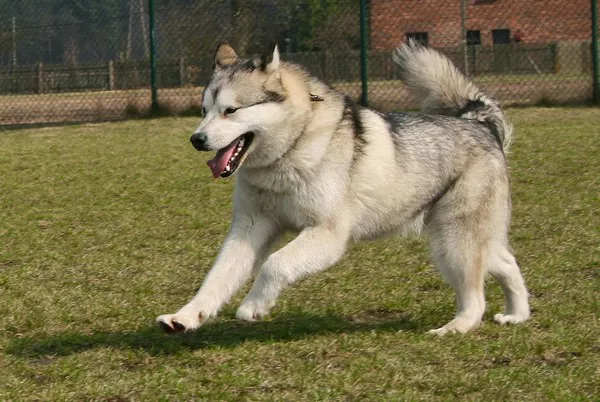Teaching targeting to your dog is a powerful training technique that can significantly enhance communication between you and your canine companion. Targeting involves teaching your dog to touch a specific body part, such as their nose or paw, to a designated target, such as your hand or an object. This skill can be applied to various aspects of training and is a fun and engaging way to build a stronger bond with your furry friend. In this article, we will explore the benefits of targeting, step-by-step instructions on how to teach your dog this skill, and practical applications for targeting in day-to-day life.
Benefits of Targeting
Targeting provides numerous benefits for both you and your dog. Firstly, it helps establish clear communication and strengthens the bond between pet parent and canine companion. When your dog learns to target, they become more attentive and responsive to your cues, making training more effective and enjoyable.
Secondly, targeting can be a valuable tool in various training scenarios. It serves as a foundation for more complex behaviors and tricks, as it teaches your dog to focus on a specific task. Whether you’re teaching basic obedience commands or advanced agility maneuvers, targeting is an essential skill to incorporate.
Additionally, targeting can be an effective way to manage behavioral issues such as fear or anxiety. By teaching your dog to target a designated object, they can redirect their focus and alleviate stress in stressful situations.
Step-by-Step Guide to Teaching Targeting
Follow these step-by-step instructions to teach targeting to your dog:
1. Gather Supplies:Before you begin, gather some high-value treats, a clicker (if you use clicker training), and a target object, such as a small cone or your open palm.
2. Introduce the Target Object:Show the target object to your dog and allow them to sniff and investigate it. Encourage curiosity but avoid forcing your dog to interact with the object.
3. Mark and Reward Interaction:As soon as your dog shows interest in or touches the target object with their nose or paw, use the clicker (or a verbal marker like “Yes!”) and give them a treat. Repeat this several times to reinforce the positive association with the target object.
4. Adding a Cue:Once your dog is consistently touching the target object, add a verbal cue like “Touch” or “Target.” Use the cue just before presenting the target object. Continue marking and rewarding each successful touch.
5. Generalizing the Behavior:Gradually introduce different target objects and locations to generalize the behavior. Practice in various rooms of your house and different outdoor settings. This helps your dog understand that the cue applies to any target, not just a specific one.
6. Shaping Complex Behaviors:Once your dog grasps the concept of targeting, you can use it to shape more complex behaviors. For example, to teach “spin,” you can move the target in a circular motion, and as your dog follows it, reward them. With practice, your dog will start spinning on command without the target.
7. Fading the Target:After your dog becomes proficient in targeting, begin fading out the target object. Continue using the verbal cue and reward their successful responses. Over time, your dog will understand the cue without the need for the physical target.
Practical Applications of Targeting
The targeting skill opens up a world of practical applications that go beyond just teaching tricks. Here are some ways you can incorporate targeting into your dog’s daily life:
1. Recall Training:Using targeting to reinforce recall training can significantly improve your dog’s responsiveness. When teaching your dog to come when called, present the target object, use the cue, and reward them when they touch it. This exercise reinforces the recall command and encourages your dog to come to you reliably.
2. Leash Manners:Targeting can also aid in leash training. Teach your dog to touch a target on your hand or a specific spot on the leash. By doing so, your dog learns to walk politely beside you, reducing leash pulling behavior.
3. Agility Training:In agility training, targeting is a valuable tool to guide your dog through obstacles. Teach your dog to target a designated spot at the start of a course or to touch specific objects during the course, helping them navigate the course efficiently.
4. Reducing Anxiety:Targeting can be particularly useful for dogs with anxiety or fear. By training your dog to target an object when they encounter a stressful situation, they can redirect their focus and remain calmer.
5. Medical Procedures:Teaching targeting can assist during veterinary visits or medical procedures. By training your dog to target an object, the vet or medical staff can direct your dog’s attention during examinations or treatments.
Conclusion
Teaching targeting to your dog is a valuable and versatile training technique that can enhance communication and build a stronger bond between you and your canine companion. The step-by-step guide provided in this article gives you a solid foundation to start teaching targeting and opens up opportunities to apply this skill to various training scenarios and day-to-day situations.
Remember to be patient and consistent throughout the training process. Each dog learns at their own pace, so celebrate their progress, no matter how small. By incorporating targeting into your training routine, you can create a well-behaved and attentive canine partner who will enjoy learning and performing new tasks with enthusiasm. Happy targeting!


